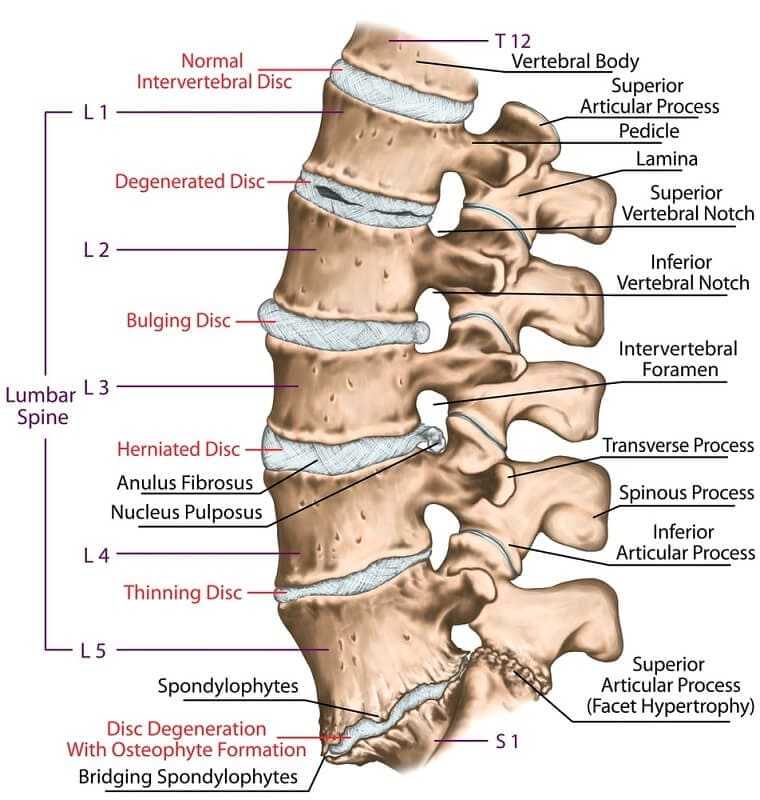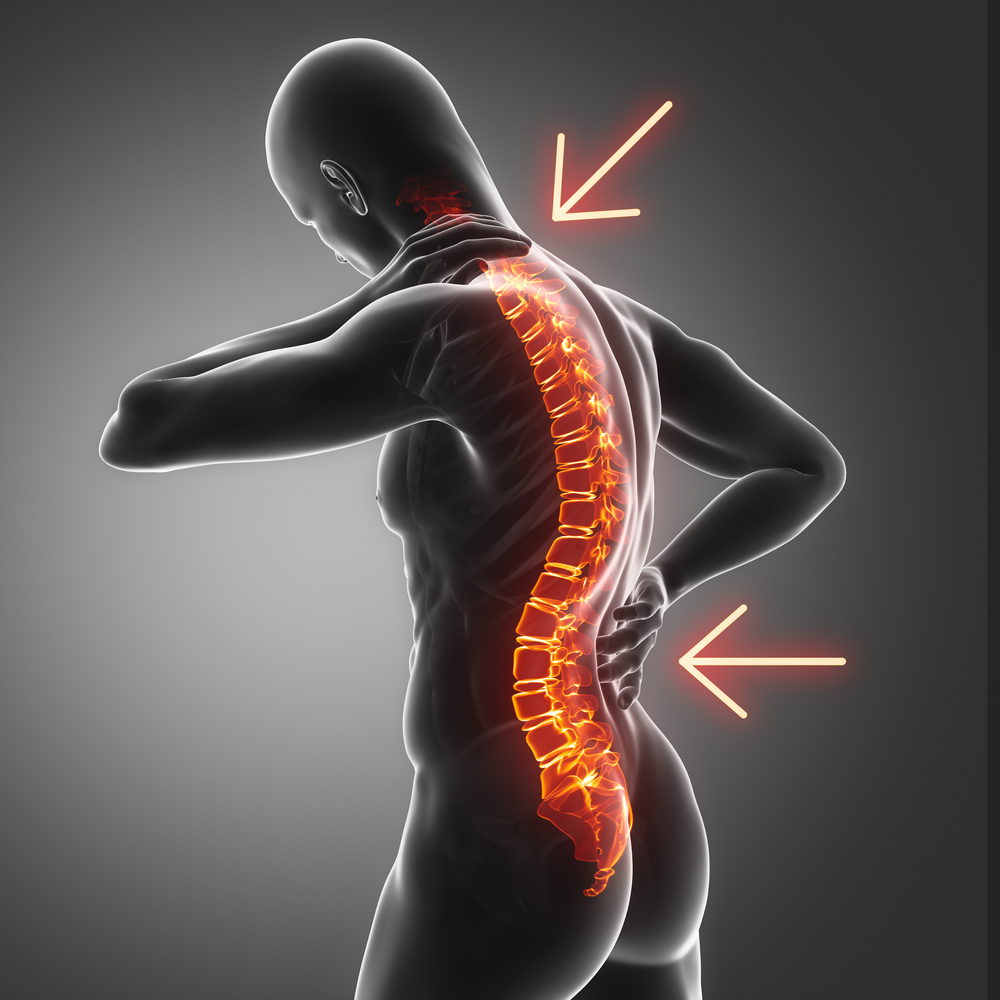

The symptoms of lumbar disc disease may look like other conditions or medical problems. Sciatica – pain that starts near the back or buttock and travels down the leg to the calf or into the foot This may be made worse by movement, coughing, sneezing, or standing for long periods of time These are the most common symptoms of lumbar disk disease: The symptoms of lumbar disk disease vary depending on where the disk has herniated, and what nerve root it is pushing on. What are the symptoms of lumbar disk disease? Jobs that require heavy lifting and twisting of the spine can also cause back injuries. Back injuries also increase when people who are normally not physically active participate in overly strenuous activities. What are the risks for lumbar disk disease?Īlthough age is the most common risk, physical inactivity can cause weak back and abdominal muscles, which may not support the spine properly. Injury may also cause an already herniated disk to worsen. Sometimes, severe injury can cause a normal disk to herniate. Most of the time, disk disease happens as a result of aging and the normal break down that occurs within the disk. Lumbar disk disease is caused by a change in the structure of the normal disk. Most disk herniations happen in the lower lumbar spine, especially between the fourth and fifth lumbar vertebrae and between the fifth lumbar vertebra and the first sacral vertebra (the L4-5 and L5-S1 levels).

This can cause pain, weakness, numbness, or changes in sensation. The fragments of disc material can then press on the nerve roots located just behind the disk space. As the disk continues to break down, or with continued stress on the spine, the inner nucleus pulposus may actually rupture out from the annulus. This lets the nucleus, or the inside of the ring, to bulge out. This may lead to the breakdown of the tough outer ring. As this happens, the spongy disk (which is located between the bony parts of the spine and acts as a “shock absorber”) becomes compressed. With age, the intervertebral disk may lose fluid and become dried out. The lumbar spine consists of 5 bony segments in the lower back area, which is where lumbar disk disease occurs.īulging disk. Sacral spine: The lowest 5 vertebrae, located below the waist, also includes the 4 vertebrae that make up the tailbone (coccyx) Lumbar spine: The next 5 vertebrae, located in the lower back

Thoracic spine: The next 12 vertebrae, located in the chest area The spine is divided into 4 areas:Ĭervical spine: The first 7 vertebrae, located in the neck The vertebral column, or backbone, is made up of 33 vertebrae that are separated by spongy disks.


 0 kommentar(er)
0 kommentar(er)
